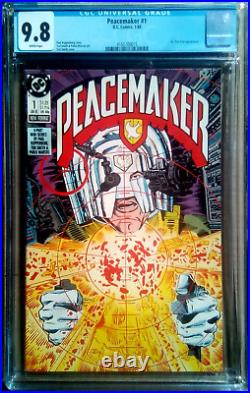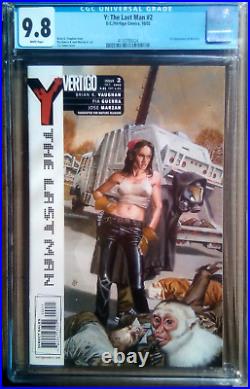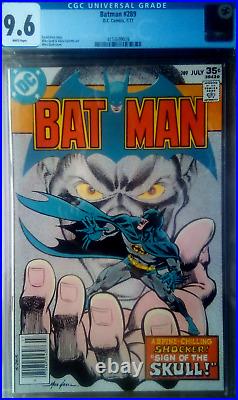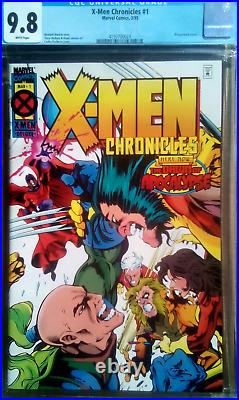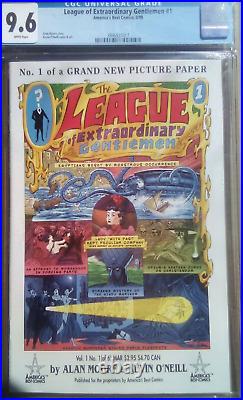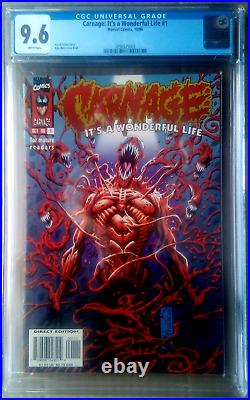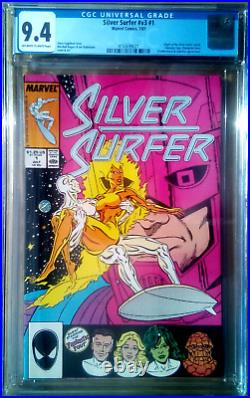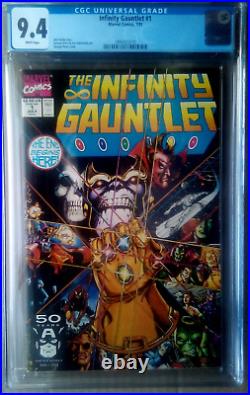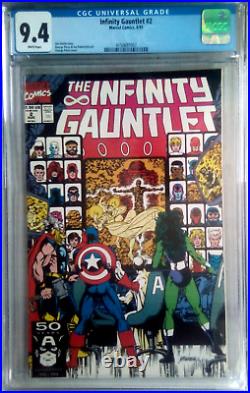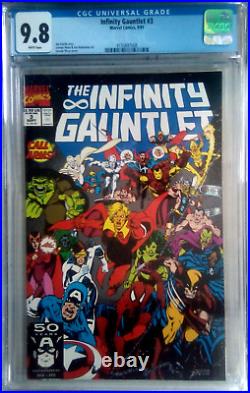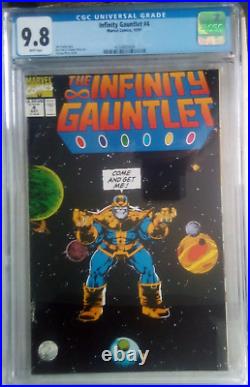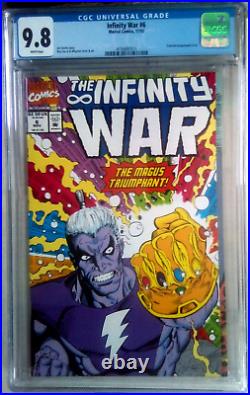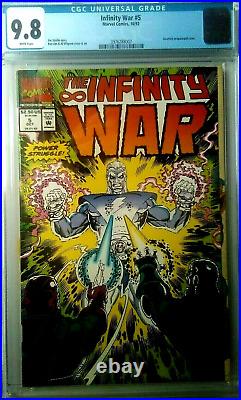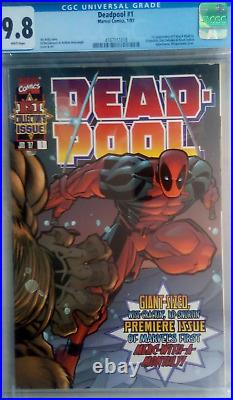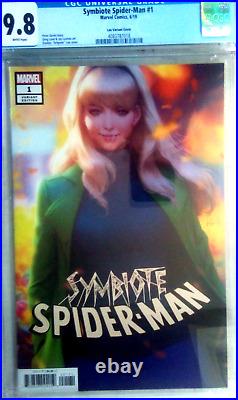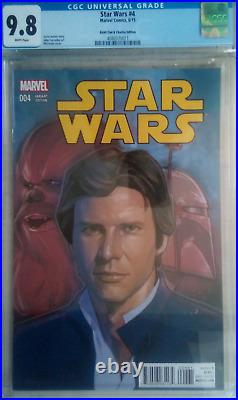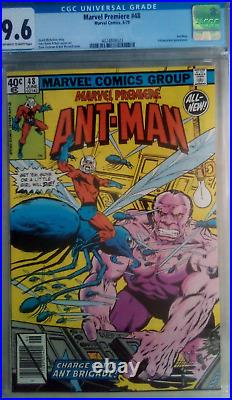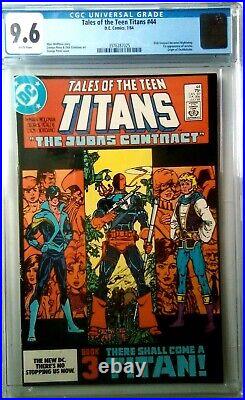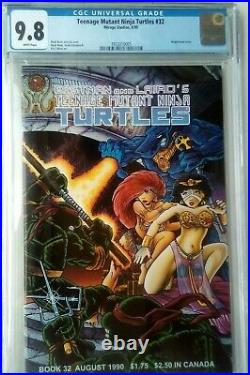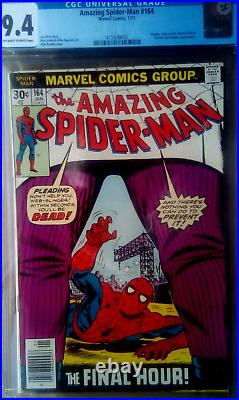

Date Of Negative: 1991. Date Of Print: 1992. Type Of Print: Original Authentic VINTAGE Color. (Made from the Original Image Authorised by Yousuf Karsh). Imprimerie Jean Genoud, Lausanne, Switzerland. Paper: Medium Weight Clay Coated, Fine Semi-Gloss/Matte Lustre. Approx Image Size Inches: 12 x 9.5 inches. Approx Image Size Metric: 30 x 24 centimetres. Mounted: Yes, Professionally dry mounted on Archival Presentation Mount Board. Mount Board Size: 20″ x 16″ inches Metric 50 x 40 Centimeters. Matted: Yes, White 20″ x 16″ inches, Museum Grade acid-free sturdy 4ply Mat. Condition Grade: Fine ++. Registered Vintage Photogravure Archive Serial Number: Yes. Tamper Proof Hologram: Yes. Certificate Of Authenticity (COA): Yes – individual hand signed COA from Vintage Photogravure. VINTAGE PHOTOGRAVURE is pleased to offer an Original Vintage Print, (NOT a computer scanned reprint). This wonderful Vintage Print comes already Mounted and Matted and will frame and display beautifully! Our Mounts and Mats are the highest quality acid-free sturdy 4ply Museum Grade, board. This Vintage Print is guaranteed to be Original and comes with a hand-signed CERTIFICATE OF AUTHENTICITY (COA) and its accompanying Tamper-Proof Hologram. It comes with a unique registered serial number from the Vintage Photogravure Archive & Database. The watermarked word “Vintage Photogravure” does not appear on the actual print itself. And browse our World-Class Collection of authentic Vintage Photogravure prints. Check our other products. 1984 BRUCE WEBER Vintage Photo Gravure print 16X20 Football Andrew & John Kenner. 1983 Bruce Weber Male Semi Nude Fencing Matted 20″ x 16″ Photo Gravure Print. 1985 BRUCE WEBER Vintage Photo Gravure Print 16X20 Male Semi Nude Model Art. Yousuf Karsh was born in 1908 in Armenia, and grew up at the time of the Armenian Genocide when one-and-a-half million Armenians were either murdered or expelled as refugees by order of the Turkish government. Members of his own family were murdered, but he and his family escaped to Syria, after a month-long caravan journey. He was sent to Canada at the age of 15, to live with his maternal uncle George Nakashian, a portrait photographer. It was from his uncle that he first learnt photography and portraiture. At the age of 20 he moved to Boston where he worked for John H Garo, the most famous American Armenian photographer of the day. He had made his reputation photographing Boston celebrities. Karsh subsequently moved to Ottawa, opening his first studio in 1932, at the age of 24. He remained at the same studio until 1972. He was known professionally as &#####x201C;Karsh of Ottawa&#####x201D; and it was when he captured the attention of the Canadian Prime Minister, Mackenzie King, that his career took off. Mackenzie King arranged for visiting dignitaries to be photographed by Karsh. His style was noted for its dramatic lighting, something he learnt from Garo when he was in Boston. In 1941 his portrait of Winston Churchill shot Karsh to world fame. Just before taking the photo, Karsh removed Churchill&#####x2019;s cigar from his hand, and the resulting displeasure was captured by Karsh. The result has been described as the most iconic portrait ever shot, and Churchill’s defiant and scowling expression was thought at the time to exemplify Britain&#####x2019;s stand against Fascism. Karsh died in 2002, in Boston, aged 93. By the time he retired over 20 of his portraits had graced the cover of Time Magazine. His work is highly collectible and can be found in museums and important collections around the world. This photogravure is guaranteed to be authentic and comes with a hand-signed Certificate Of Authenticity. Each COA, with its unique individual, registered serial number from the Vintage Photogravure Archive & Database, has a corresponding numbered, Tamper Proof, Hologram attached to the back of the Archival acid-free backing board your print is mounted on. This is an original vintage print from the last Century, not a modern reprint. It has been professionally dry mounted on a museum grade mat board and is ready for fitting into a standard size frame. Our client’s peace of mind is our number one concern and this is what has inspired our unique tamper-proof holographic COA system. Here at vintage photogravure as we feel that having a certificate of authenticity with each professionally mounted and matted print adds extra value for the future, as it provides provenance and a record of the guaranteed authenticity of each individual print. We guarantee the authenticity of all our prints with a unique serial number printed on a Certificate of Authenticity (COA for short). In addition, we put the same serial number on a tamper-proof holographic seal, on the back of the museum-quality mount board on which the print has been professionally dry mounted. The COA certificate of authenticity which comes with your vintage artwork should be kept with the print or otherwise kept in a safe place as for security reasons we cannot issue duplicates. We use custom-made rigid foam core protection for all our fully matted prints, that after having been professionally dry mounted on acid-free backing boards, are protected by individual ultra clear print protectors. Finally, the entire construction is further protected by a waterproof postal sack. Here at Vintage Photogravure, we stock only the finest vintage photogravures and antique prints. All our prints are professionally mounted 4ply Museum Grade, acid-free mount board. This watermark word does not appear on the original vintage print itself. Please refer to the. You are covered by the. If you receive an item that is not as described in the listing. The first photogravures were developed in France by someone with a most unusual name, Nic&#######xE9;phore Ni&#######xE9;pce. The word photogravure itself is indeed a French word. In England, the process was further developed by Henry Fox Talbot. Both of these men were pioneers in the field of photography in general and the photogravure process came about as simply a way to make photographs permanent. It was also a way to reproduce them by printing them on paper using traditional printing presses of the day. The final version of the process, still used today, was developed by the Czech painter Carol Klic in 1878, who modified Talbot’s process to create the Talbot-Klic process. A photogravure is unique in its ability to register a wide variety of rich deep tones, as the amount of ink transferred from the plate to the print is significantly greater than with today’s more commonly used lithographic processes. Photogravure creates its wide range of tones by transferring etching ink from an etched copper plate onto special paper which is first made slightly damp. It is then put through a press that forces the ink out of the recesses in the plate and onto the paper. The depth of the individual ink “wells” is many times greater in the shadow areas of the image than the paler tones. This is quite unlike the halftone process where the size of the dot is varied to create different tones. The art of photogravure was brought to a very high standard by Peter Henry Emerson and Alfred Stieglitz, in his photography magazine &#####x201C;CAMERA&#####x201D. Some photographers featured in this publication, such as Alvin Langdon Coburn, even saw their photographic work as essentially &#####x201C;Gravure&#####x201D; before anything else. The Photogravure process was eventually replaced by the convenience of the silver gelatin process, and the last notable use of the process was in America by the photographer of the indigenous people of that continent, Edward S Curtis, with his amazing set of Gravures from the 1920s. Photogravure did continue, however, in a limited way, primarily as a fine art process. A notable major portfolio was that of Paul Strand, with his photographs from Mexico from 1940. This portfolio was re-issued by the Da Capo press in 1967. The art form continued, primarily in Europe, with publications such as &#####x201C;APERTURE&#####x201D. I’m pleased to say that today the process of photogravure is still alive and well in a number of photographic workshops around the globe. The Technique in Theory. To get an idea of the basic principles involved in the Photographic process I invite you to imagine, if you will, a shiny polished copper plate 8 inches by 10 inches in size. Now take an imaginary sharp object, such as a penknife, and scratch your initials twice. Once lightly and then a second time more deeply, into the copper plate. We use copper because it is a relatively soft metal. Now dip a handkerchief in a little black ink and rub some ink into the scratches you have made. Take a clean piece of cotton cloth, and wipe the surface of the plate clean. Try as you might the ink stays put in the scratches. Now to print your initials, we take a dampened piece of specially made paper and run it through a printing press with a heavy steel roller, which presses the paper into the groove of the scratched initials. As you have wiped the rest of the plate clean only your initials will be printed. The deeply scratched initials will hold more black ink, and so print darker. Now imagine that instead of scratching or engraving your initials directly into the copper plate, you first applied a film of acid-resistant material to your copper plate, such as colored varnish. After letting it dry, imagine you scratch your initials into this film of colored varnish rather than the underlying copper plate. First, scratch your initials lightly, then a second time a little more heavily, but only into the film, not the copperplate itself. Now place the copper plate in an imaginary tray full of diluted acid, for say 20 minutes, then remove the plate and dissolve off the protective varnish film. Now you have a plate with your initials carved into it by the action of the acid on the copper plate. Then you remove the protective varnish film, and this acid-etched groove will hold ink even after you clean the surface of the copper plate. The Photographic Element of the Process. If we use a light-sensitive, acid-resisting gelatin coating on our copper plate, we can expose it to a hardening dose of UV rays through an 8 by 10 piece of film with an image on it. Where the light passes through the film containing the image, it hardens the UV sensitive gelatin coating. Where the gelatin has been hardened by the UV light, it will stick to the copper plate and not be washed off, and so protect the smooth surface of the copper plate when it is immersed in the acid bath. By contrast, the areas which have not been hardened will wash off, allowing the acid to etch into the plate, creating small pockets where the ink can hide, until forced out into the paper surface by the steel roller of the etching press. By using a special Photogravure screen in combination with the transparent image, we can create more depth in the darks and more subtlety in the mid-tones. This special photogravure screen is sandwiched with a transparent film containing the image to be reproduced. It is then exposed to the hardening effect of the UV light. It is even possible to simply leave this photographic sandwich out in the sun too harden the acid-resistant gelatin film. When printing in a dark room using the modern silver gelatin process, the photographic image is projected using a &#####x201C;negative&#####x201D; of the image. The light passing through the transparent areas of this negative will activate the silver halide crystals in the gelatin film on the photographic paper, and turn them dark. With the photogravure process, however, we must replace the &#####x201C;negative&#####x201D; with a &#####x201C;positive&#####x201D;, as the dark part of the final image requires the UV sensitive gelatin film to not receive light. This is so that the gelatin coating in the dark parts of the image will not be hardened by the UV rays, and so wash off afterward. This allows the acid to eat into the plate in these areas and so the plate will hold the black ink for printing the darks. This is why we use a &#####x201C;positive&#####x201D; made by contact printing from the original negative. If you look at the surface of a photograph of a photogravure print through a magnifying glass, you will see the texture of the fine photogravure screen used to enhance the printing process. The Photogravure Technique in Practice. There are many stages in the creation of photographic plates before printing can begin. First of all, a continuous film positive is created using the photographer’s original negative. The reason for this is you will already know from the explanation above. The negative can be enlarged to create a much bigger printable positive, just as in the modern silver gelatin printing process. The sheet of positive film is then developed to produce a wide range of continuous tones. A sheet of pigmented gelatin tissue is sensitized by dipping it into a solution of potassium dichromate at 3.5% concentration for 3 minutes. It must then be dried on a plexiglass/perspex/acrylic sheet before we can progress to stage 3. Normally the sheet of pigmented gelatin will be ready one day later. After making a sandwich of the continuous tone positive on top of the pigmented gelatin sheet, it is exposed to ultraviolet light. A second exposure is then made to a fine stochastic or Mezzotint screen. Another possibility at this stage is to coat the copper plate with a fine dusting of rosin, as used in the aquatint etching process, which is then fixed onto the copper plate by heating it until it melts. This provides a random grain resist. The exposure to the ultraviolet light through the continuous tone positive and the Mezzotint screen or the aquatint rosin resist, hardens the gelatin in direct proportion to the light penetration through the two sheets. Stage 4 of the photogravure process is to adhere to the exposed gelatin tissue to the polished surface of the copper plate. This is done underwater, where it is squeezed onto the plate, and then the excess water is wiped off. Now the paper backing is removed in hot water and the unexposed soft gelatin is washed away. The more that the gelatin has been exposed to the UV light, the more it will remain on the plate, and so protect it from the acid bath to come. The resistant gelatin is dried and then the edges and back of the plate must be stopped out, which means being given a coat of colored varnish. This will protect the sides and the back of the copper plate from the effect of the acid. Now the plate can be etched in a bath of ferric chloride acid solution, using a scale measured in degrees Baum&#######xE9. The plate is immersed in a series of acid baths starting with the strongest, and then progressing through baths of increasingly weaker acid solutions. The ferric chloride acid solution passes through gelatin image, to eat into the copper plate, producing tiny &#####x201C;wells&#####x201D; of different depths, which will hold ink in varying degrees. The photogravure screen or the aquatint resist, depending and which was used, created a textured &#####x201C;tooth&#####x201D; in the plate, which helps the plate hold ink. These individual &#####x201C;wells of ink&#####x201D; vary in depth, and this feature is a unique characteristic of the photogravure process. Its time now to clean the plate and prepare for printing. There is little difference in practice in printing a photogravure plate, to any other intaglio plate. It is most similar to the aquatint etching printing process. The ink used in photogravure printing is of a stiff oily consistency. This is to ensure that it stays put in the small recesses etched into the copper plate. Using a rubber brayer or alternatively a stiff squeegee, the ink is applied to the entire surface of the plate to be printed. The plate is then wiped to remove the excess ink. This wiping also helps to drive the stiff ink into the deepest crevices in the plate. The final wiping is done using the palm of the hand, in a slight glancing action. Now the polished parts of the plate, which will print as white, have been thoroughly cleaned of ink. The last part of the process is to clean the edges of the plate before it is ready to be placed on the bed of the intaglio press. Prior to printing the plate is covered with a sheet of damp rag-based paper, followed by 3 thin woolen blankets. These woolen blankets help distribute the pressure more evenly, pushing the soft damp paper into the inky hollows in the plate. Finally, the plate is run through the press, and the high pressure forces the dampened paper into the ink-filled wells of the plate. This transfers the ink onto the paper creating the final print. Now the damp print must be gently dried between sheets of blotting paper and placed under weights, which ensures that the print remains flat as it dries. The whole process can be repeated to produce another print or the plate cleaned and stored away for future use. This item is in the category “Art\Art Prints”. The seller is “vintagephotogravure” and is located in this country: FR. This item can be shipped worldwide.
- Features: Matted
- Width (Inches): 16
- Listed By: Dealer or Reseller
- Subject: Portrait
- Size: Medium (up to 36in.)
- Material: COLOR Photo Engraving
- Height (Inches): 20
- Print Surface: Paper
- Date of Creation: 1990-1999
- Artist: Yousuf Karsh
- Year of Production: 1991
- Original/Licensed Reprint: Original Print
- Color Type: COLOR
- Style: Realism
- Signed: Unsigned
- Theme: Theater
- Type: Print



